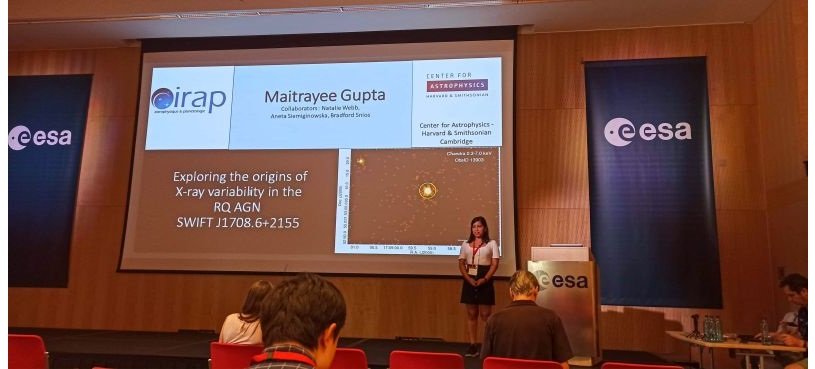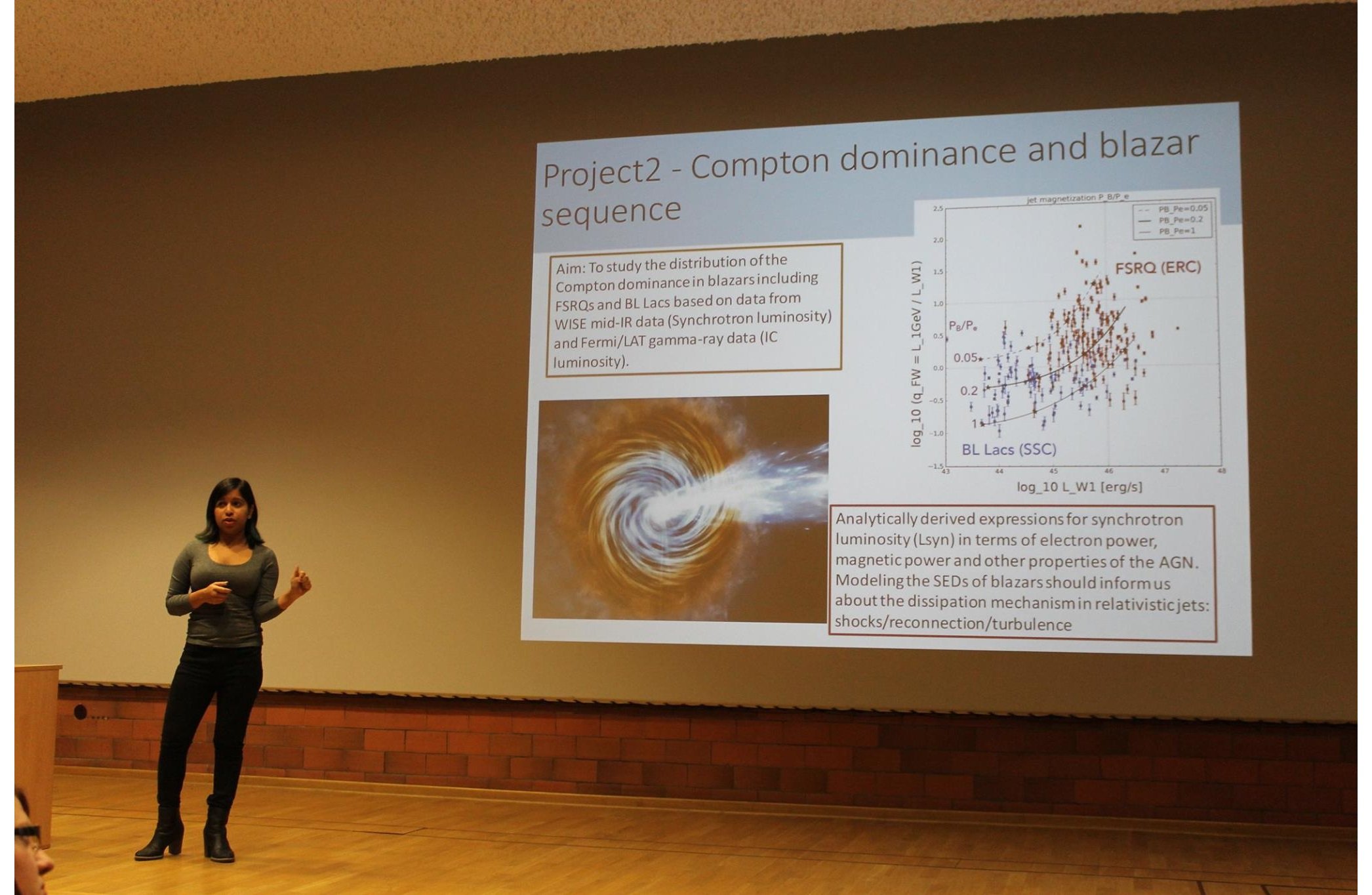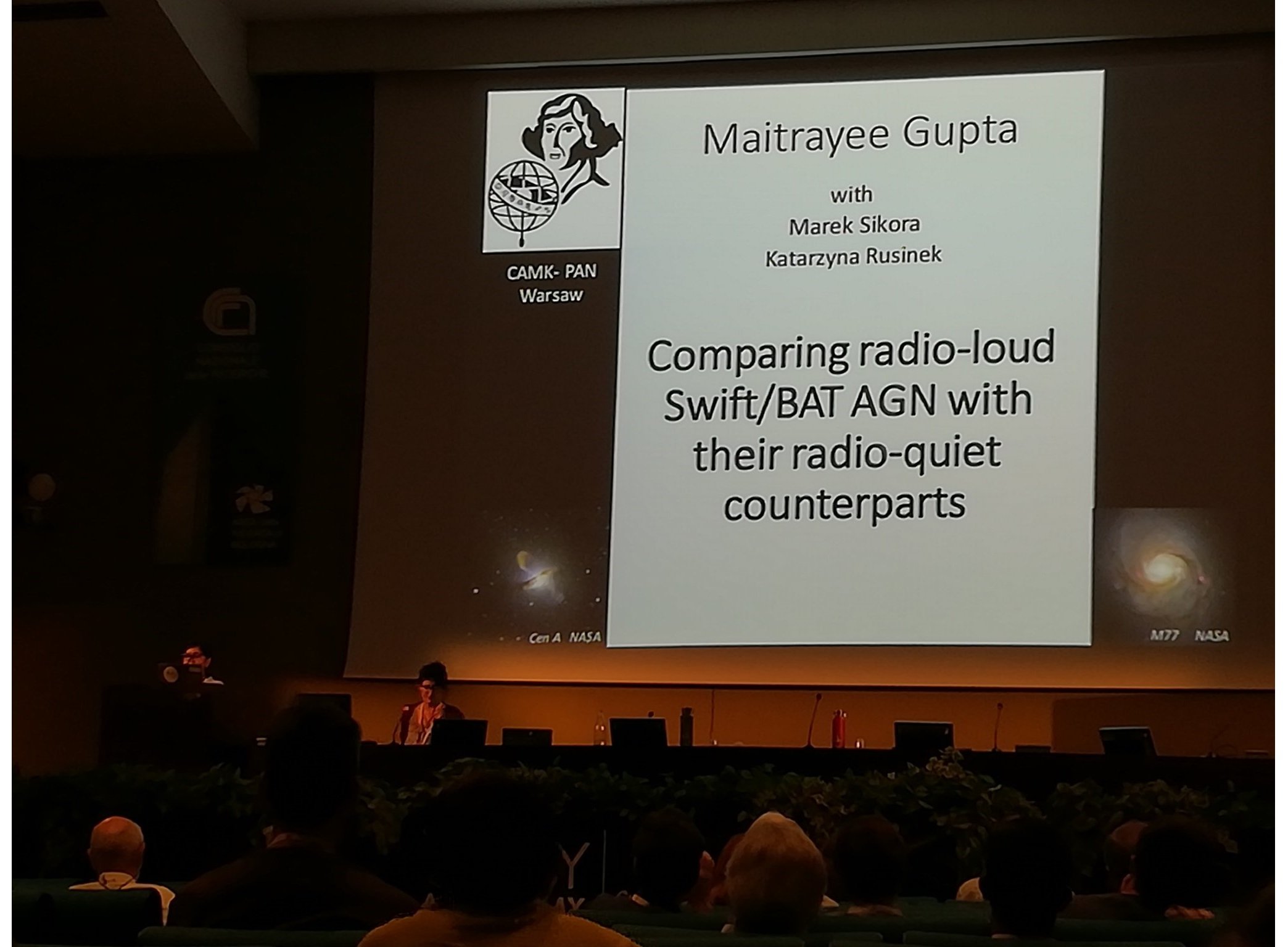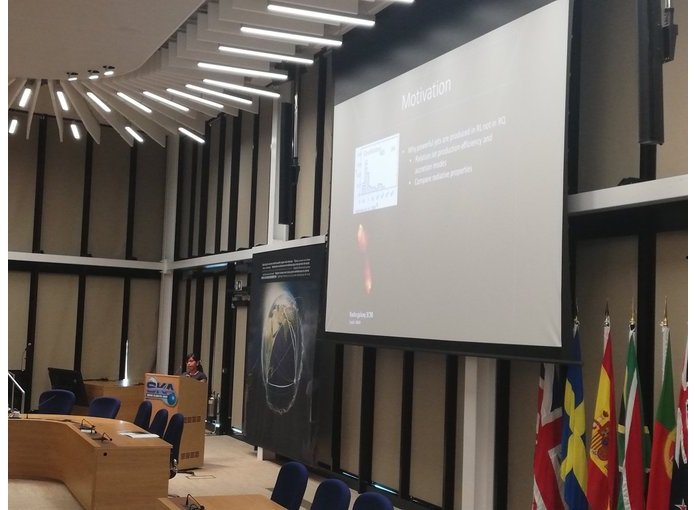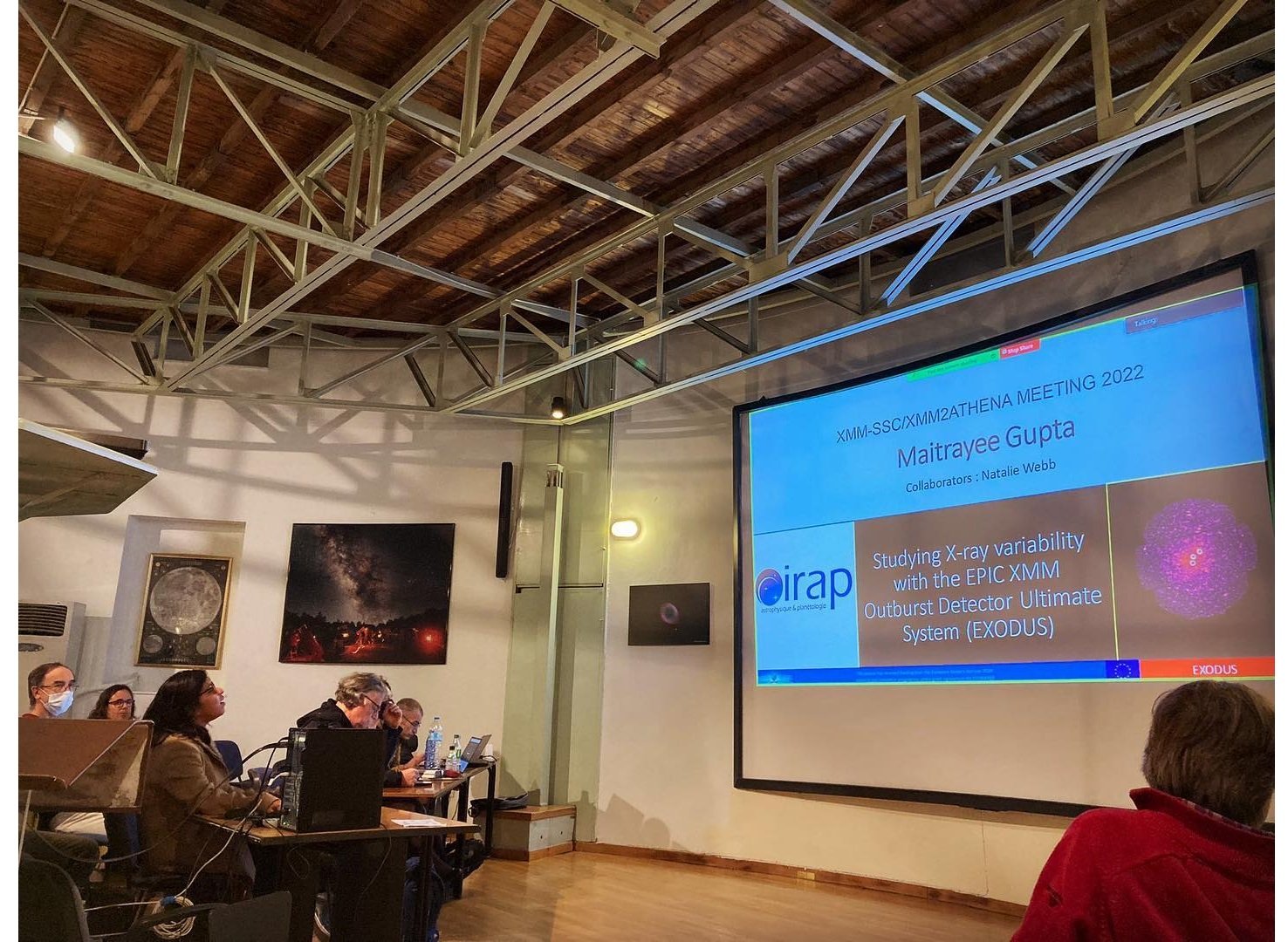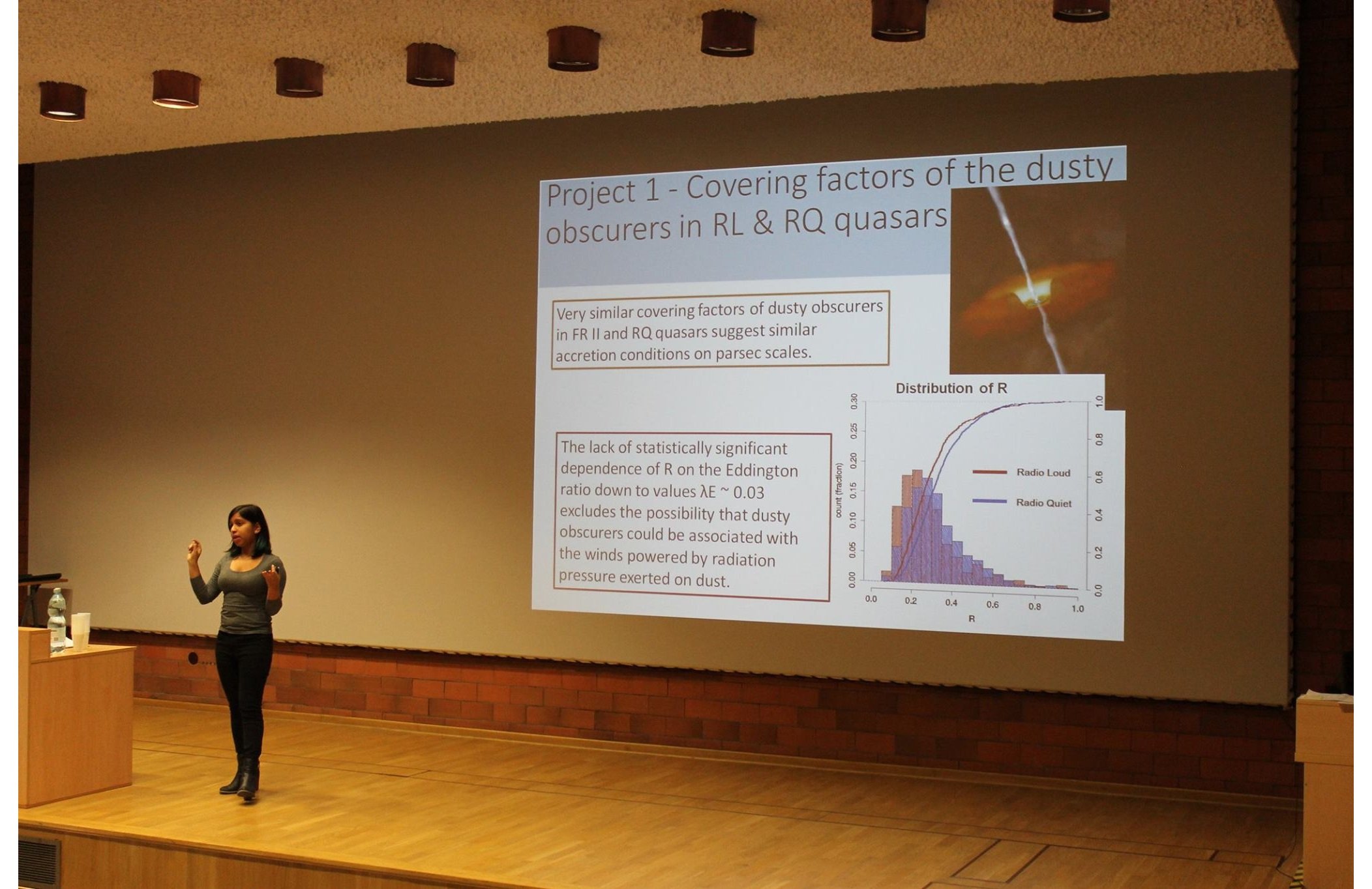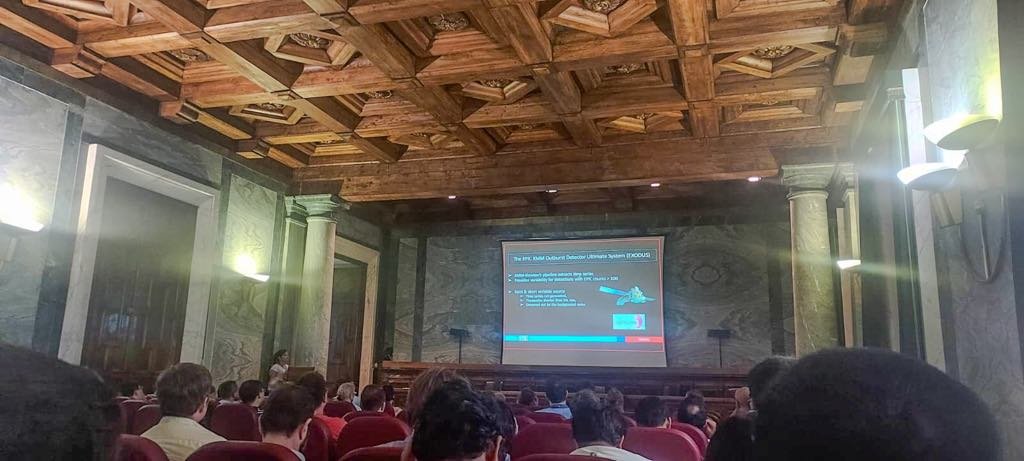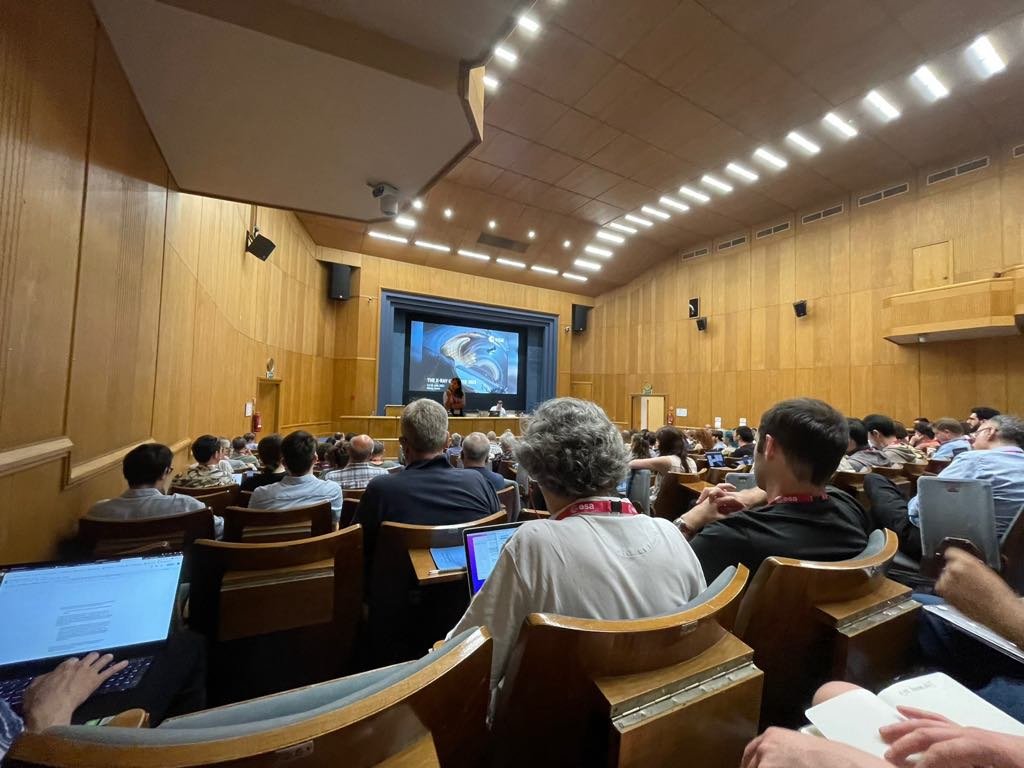
Dr. Maitrayee Gupta
Per Aspera Ad Astra
My passion and expertise lie in astrophysics, particularly in unravelling the mysteries of our universe. I have dedicated my Ph.D. and my research to the captivating study of black holes, with a keen focus on Active Galactic Nuclei (AGN) — accreting supermassive black holes at the centres of galaxies. My journey has taken me to prestigious institutions such as the Harvard-Smithsonian Center for Astrophysics and the Nicolaus Copernicus Astronomical Center, where I delved into jet formation and high-redshift quasars.
Following my Ph.D., I joined the XMM2Athena project management team at the Centre National de la Recherche Scientifique - IRAP in Toulouse, France. There, I contributed to the transition from the XMM-Newton Telescope framework to the forthcoming Athena Telescope. Presently, I am at the Astronomical Institute of the Czech Academy of Sciences in Prague, focusing on the physics of AGN and the dynamics of dwarf galaxies.
My skill set includes astrophysics, statistical data analysis, mathematics, variability detection and analysis, and model fitting. I am also well-versed in several programming languages and analytical tools, including Python, C, and C++.
-

Black-Hole Physics
Active galactic nuclei (AGN) can produce strong, relativistic jets, powering extensive radio sources, especially in giant elliptical galaxies. Despite this, the formation of powerful jets remains rare, and its origins are unknown. Jets are likely powered by rotating black holes (BHs) through the Blandford-Znajek mechanism, suggesting that BH spins and magnetic fluxes influence jet production. To explore this, we compared radio-loud (RL) and radio-quiet (RQ) AGN with similar BH masses and Eddington ratios from the Swift/BAT catalogue. We found RL AGN have hard X-ray luminosities about twice as high as RQ AGN, possibly due to X-ray contribution not only from the innermost, hot portions of the accretion flow but also from a jet. However, this interpretation is challenged by our following findings: (1) hard X-ray spectra of RL AGN have similar slopes and high-energy breaks to those of RQ AGN; (2) hard X-ray radiation is to be in both RQ and RL AGN quasi-isotropic. Hence we argue that the production of hard X-rays in the RL AGN is like in the RQ AGN, dominated by hot, central portions of accretion flows, while larger X-ray production efficiencies in RL AGN can be associated with larger magnetic fields and faster rotating BHs in these objects.
-

X-ray Variability
XMM-Newton's EPIC instruments have high sensitivity and temporal resolution, but the current pipeline only extracts light curves for sources with at least one hundred EPIC counts, overlooking variability in nearly two-thirds of sources. To address this, we developed the EXODUS algorithm to search for variability across the entire EPIC field of view, regardless of source detection or count number. EXODUS bins observations into short time windows, comparing pixel counts per window to median counts to identify variability, making it computationally efficient. Applying EXODUS to the 4XMM-DR11 catalogue revealed a diverse range of variable sources, including new ones, high and low-mass X-ray binaries, and ULXs. It also identified many faint (<100 EPIC counts) but variable sources, demonstrating EXODUS's efficacy in detecting low-mass AGN. We produced the algorithm, results, and analysis of some of the variable AGN.
-

Galactic Gastronomy: Green Peas and Blueberries
Our project studies Green Pea and Blueberry galaxies which are local star-forming dwarf galaxies with properties resembling those of early Universe galaxies during the Epoch of Reionization. Observing such distant early galaxies is challenging, so studying their nearby analogues helps us understand how the majority of hydrogen became ionized, making the Universe transparent to radiation. We study the two main scenarios to explain this ionization: active galactic nuclei (AGN) or large amount of starburst galaxies. While ionizing radiation has been detected from some Green Pea galaxies without optical signs of AGN activity, recent X-ray observations revealed AGN presence in 2/3 of Green Peas observed with XMM-Newton. Over the past year, new X-ray and radio observations of these and similar "Blueberry" galaxies were conducted, and we will focus on analyzing this data.
-

Data Analysis
Expert in analyzing vast amounts of data from astronomical observations to uncover insights into blackholes, galaxies, and cosmic events.
Skilled in decoding signals across the electromagnetic spectrum (radio waves to X-rays) to create detailed maps of the universe.
Proficient in advanced computational techniques and statistical methods to extract meaningful information from data collected through telescopes, satellites, and other instruments.
Experienced in image processing, spectral analysis, and time-series analysis to identify patterns, detect anomalies, and test theoretical models.
Contributed to the development of new technologies and the refinement of scientific theories through rigorous data analysis.
-

Scientific Outreach Activities
Gave various public seminars, most recently Mar’24 gave an invited talk at Royal Observatory Greenwich’s prestigious "Think Space Lectures" for British Science Week.
Wrote briefs on scientific concepts for dissemination to the public and created entertaining educational shorts to increase interest in astrophysics.
Educated visiting students through the Institute Open Day Initiatives and student conferences focused on engaging young students through talks, presentations, telescope observations, and facility tours.
Travelled to schools in India to engage students with presentations on astrophysics.
Co-supervised and assisted with the Bachelor’s thesis of Mr. Swayamtrupta Panda.
Tutored students in foundation year physics during my Bachelor’s & Master’s programmes.
